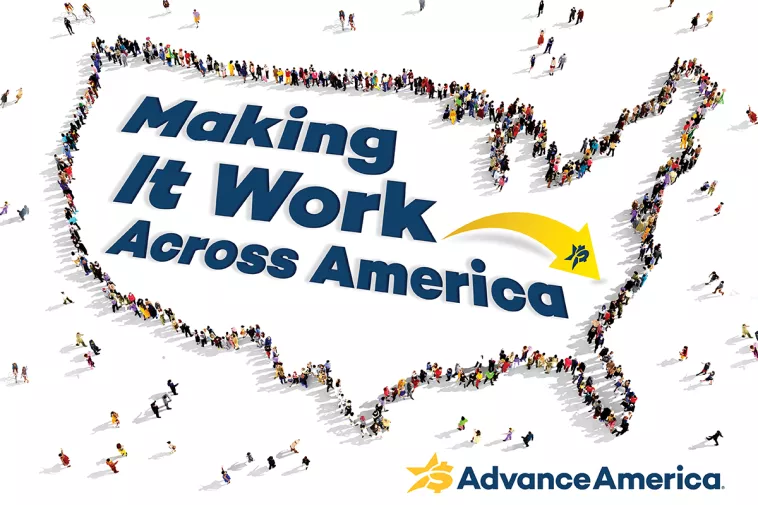
How Many Days on Average Do People Have to Work to Cover Household Bills? [2025 Survey]
Across the country, families are finding that their paychecks don’t stretch as far as they used to. Groceries, utilities, and other essentials keep getting more expensive, while incomes haven’t kept pace with inflation.
To understand how households are coping, we asked more than 3,000 people to share their monthly bills and compared their answers to 2025 median income data from the County Health Rankings.
The results show, state by state, just how many working days it takes the average family to cover their basics.
Key findings
Alabamians face the biggest challenge
In Alabama, households reported needing about 26 working days each month to cover their bills — the highest number in the country. By comparison, Colorado residents said they typically need only 10 days, which could reflect more restrained spending.
The South carries the heaviest load
Looking across regions, families in the South are among the most stretched, with Mississippi averaging 24 days and South Carolina 22.
Households have it a little easier in the Mountain West —Colorado at 10 days, Utah and Nebraska at 12.
Higher incomes in parts of the Northeast also help shorten the stretch, with New Hampshire families needing about 13 days to cover their bills.
Families cut out extras before essentials
When asked what they would cut first to make $1,000 last longer, nearly half (47%) pointed to dining out or takeout. Entertainment subscriptions (26%) came next.
Fewer families said they’d pass on travel (15%), trim groceries (8%) or utilities (4%). The results show that when money is tight, most people work hard to protect the basics, sacrificing little luxuries first.
Groceries top the list of rising costs
For many, the financial strain hits hardest at the grocery store. More than half of those surveyed (56%) said food was the expense that climbed the most in the past year — well above utilities (17%) and housing (15%).
Today’s dollars don’t stretch as far
Nearly half (44%) believe $1,000 goes much less far today than it did for their parents at the same age. Only 19% felt it went further, and another 18% said it stretches only a little less. The results highlight how rising costs are eroding confidence in the dollar’s real value.
Covering an unexpected $1,000 looks different for everyone
Just over half (51%) of respondents said they’d dip into savings to cover an unexpected $1,000 expense. Others shared that they’d need to borrow from family or friends (19%), use credit or get a loan (17%), or take on side jobs (13%).
These responses highlight both the resourcefulness Americans show when challenges arise — and just how thinly stretched households really are.
What $1,000 really means
For 23% of those surveyed, an extra $1,000 would feel “life changing.” For 41%, it would be “helpful but gone quickly.” Another 29% said the extra money would be “a big help,” and 7% felt it would “barely make a dent.”
Together, these answers show how even a modest sum can provide meaningful relief — even if that relief doesn’t last long.
Every little bit helps. Share how you’re Making It Work every day for a chance to win $500!
Closing takeaways
The survey highlights regional divides: Southern households report needing the most time to cover bills, while those in the Mountain West fare better.
No matter where people live, some themes hold true. Groceries are putting the most pressure on budgets. Small luxuries, like dining out, are the first to go. And while $1,000 can’t solve everything, it still carries weight — providing reassurance and short-term relief breathing room when it’s needed most.
Methodology
We surveyed 3,002 U.S. adults about how much they spend each month on essential household bills, including housing, food, childcare, healthcare, transportation, and utilities. Responses were averaged by state.
To put these figures into context, we compared them with 2025 median household income data from County Health Rankings & Roadmaps. This measure represents the median income in each state, with half of households earning more and half earning less.
Because the survey asked about household bills, we assumed these costs are shared, on average, by two earners in each household. By comparing the annualized survey responses to median income, and accounting for two incomes per household, we calculated the number of days both earners would need to work each month to cover basic expenses.
This approach provides a clear picture of how peoples’ perceived household costs compare against what the “average” two-income household actually earns in their state.
Notice: Information provided in this article is for informational purposes only. Consult your attorney or financial advisor about your financial circumstances.


